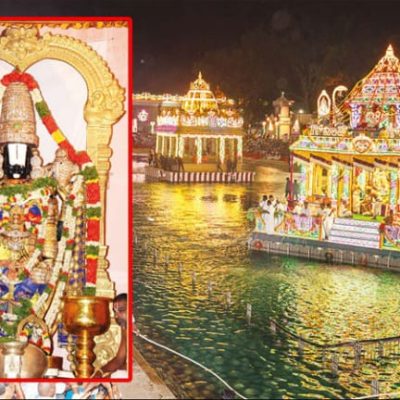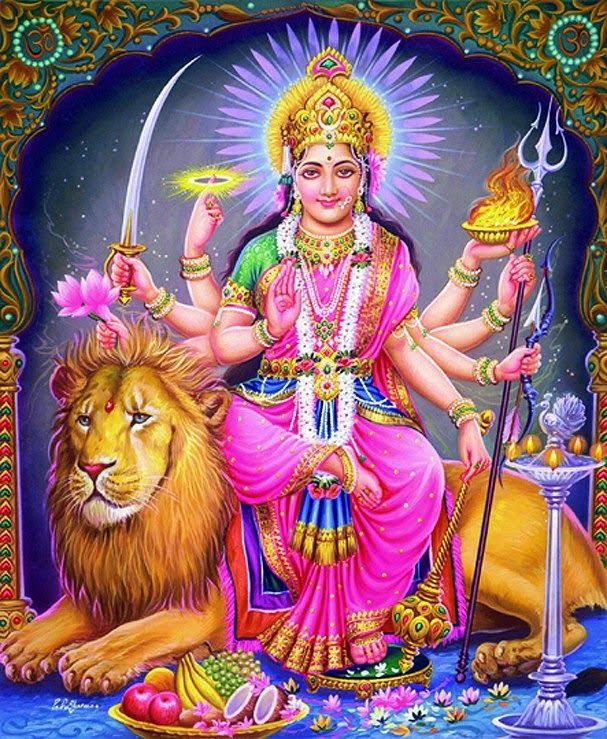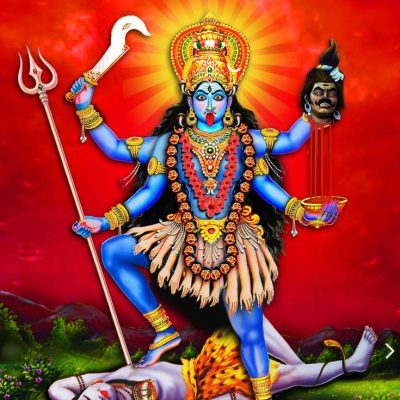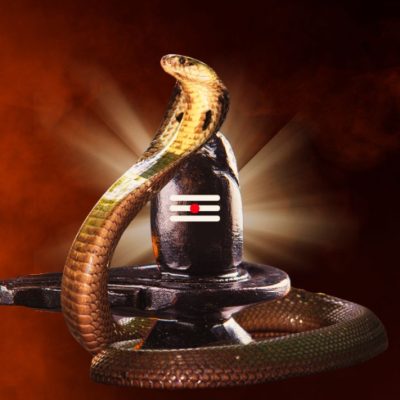Hatkoti Hateshwari Temple -Himachal Pradesh
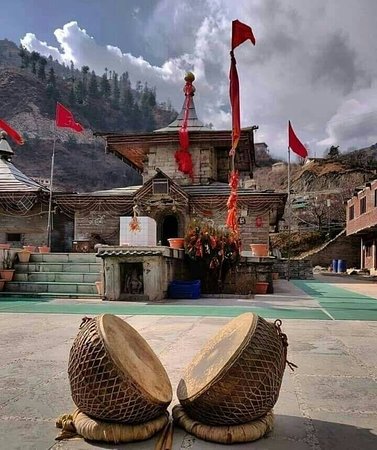
Address
Hatkoti Hateshwari Temple Hateshwari Temple Road Hatkoti, Himachal Pradesh 171206
Deity
Shiva Amman: Hateshwari
Introduction
- Location: Hatkoti village, Himachal Pradesh, India, on the banks of the Pabbar River.
- Significance: The most important temple in Hatkoti is dedicated to Hateshwari Mata, surrounded by lush paddy fields.
- Distance: Approximately 130 km from Shimla and 14 km from Rohru.
- Temple Complex: Features numerous stone shikhara temples over an area of 5 sq. km, dating between the 6th and 9th centuries, attributed to the revival of Hinduism by Adi Shankaracharya.
Puranic Significance
- Historical Context:
- The Hateshwari Temple is believed to have been built in the 9th-10th centuries on the remnants of an ancient temple.
- Features a pyramidal roof topped with a marble amalaka and a golden kalasha; the original stone kalasha is preserved at the temple entrance.
- The Raja constructed wood and stone walls to protect the temple from harsh climatic conditions.
- Deity Description:
- The sanctum sanctorum houses a 1.2-meter high murti of Hateshwari Mata as Mahishasura Mardini, dated to the 7th century AD.
- The murti has eight hands; Mahishasura’s head is at her left foot, and her right foot extends underground.
- She holds a chakra (discus) in the prayoga mudra and grasps the demon Raktabija by his hair in one hand.
- Artistic Features:
- The inscriptions beside the murti are believed to date back to the 7th or 8th centuries.
- The arch of the torana displays Navadurga, Veenadhari Shiva, and other deities, with Ganga and Yamuna depicted on either side.
- The adjacent Shiva temple features a large Shivling and intricately carved wooden ceiling figures of gods and goddesses.
- Mythological Context:
- Maheshasur, son of Rambhasur, performed severe penance to Lord Shiva and gained invincibility, which he misused to threaten the gods.
- The gods sought refuge in Hatkoti and prayed to Hateshwari Mata, who ultimately defeated Maheshasur.
- It is also believed that the Pandavas spent time in Hatkoti during their exile from Hastinapur, with temples dedicated to them in the area.
Beliefs
- Copper Vessel Legend:
- A copper vessel, kept chained beside the entrance of the sanctum, is linked to a legend where a priest rescued two floating vessels during a storm.
- The remaining vessel is believed to bring blessings for an abundant harvest, especially if spotted during sowing season.
Special Features
- Architectural Style:
- The original architectural style is evidenced by two shrine models identical in plan and elevation, as well as the elaborate torana of the Hateshwari temple.
- Five small shrines near the Shiva temple are thought to be built by the Pandavas during their exile, known as Pandava Ka Khilona (the toy houses of the five Pandava brothers).
- Sculptural Details:
- Various sculpted murtis of deities like Vishnu, Vishnu-Lakshmi on Garuda, Ganesha, and Durga are displayed outside the shrines.
- Community Gathering Space:
- A bhandar containing festival-related objects is located between the Hateshwari Mata and Shiva temples.
- The temple complex includes a beautiful baithak (meeting place) for devotees.
Century/Period/Age
9th-10th centuries
Managed By
Archaeological Survey of India (ASI)- Himachal Pradesh
Nearest Bus Station
Hatkoti
Nearest Railway Station
Shimla Station
Nearest Airport
Chandigarh



